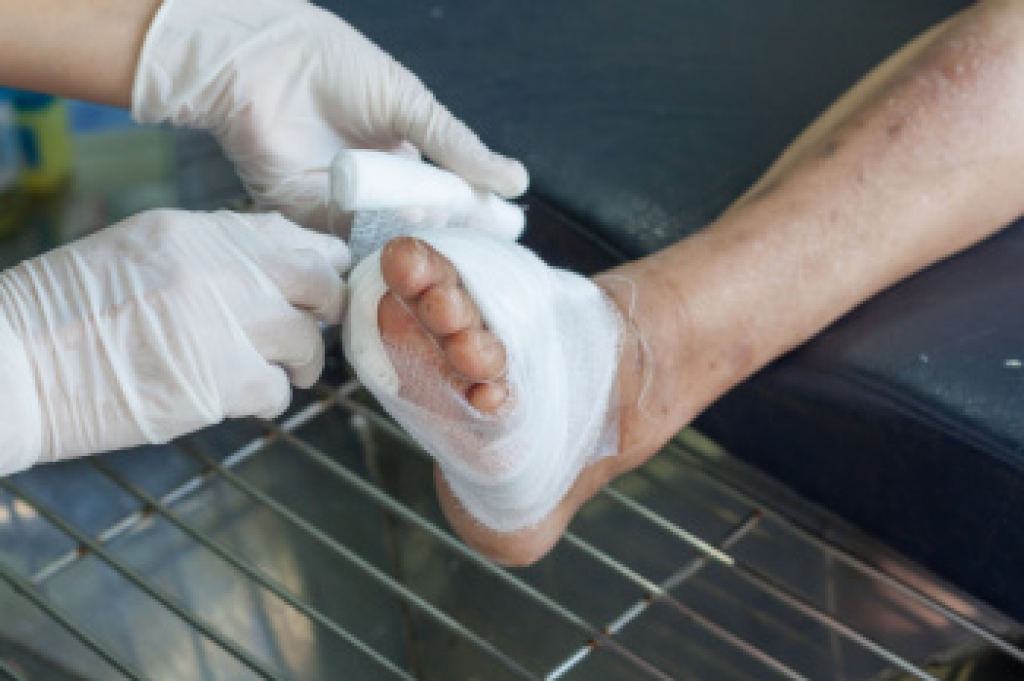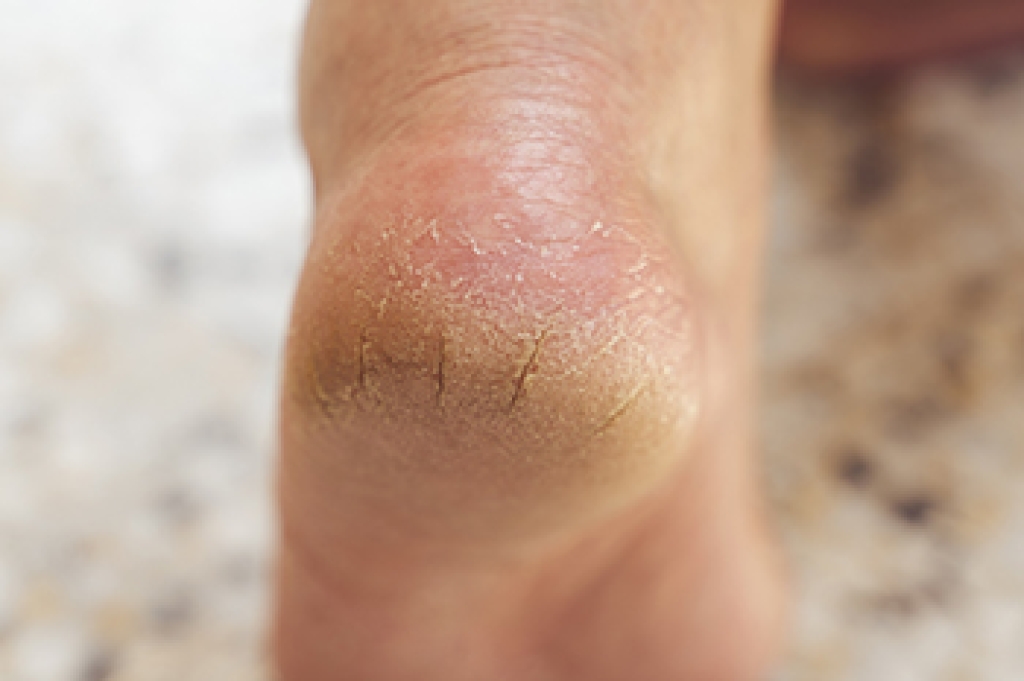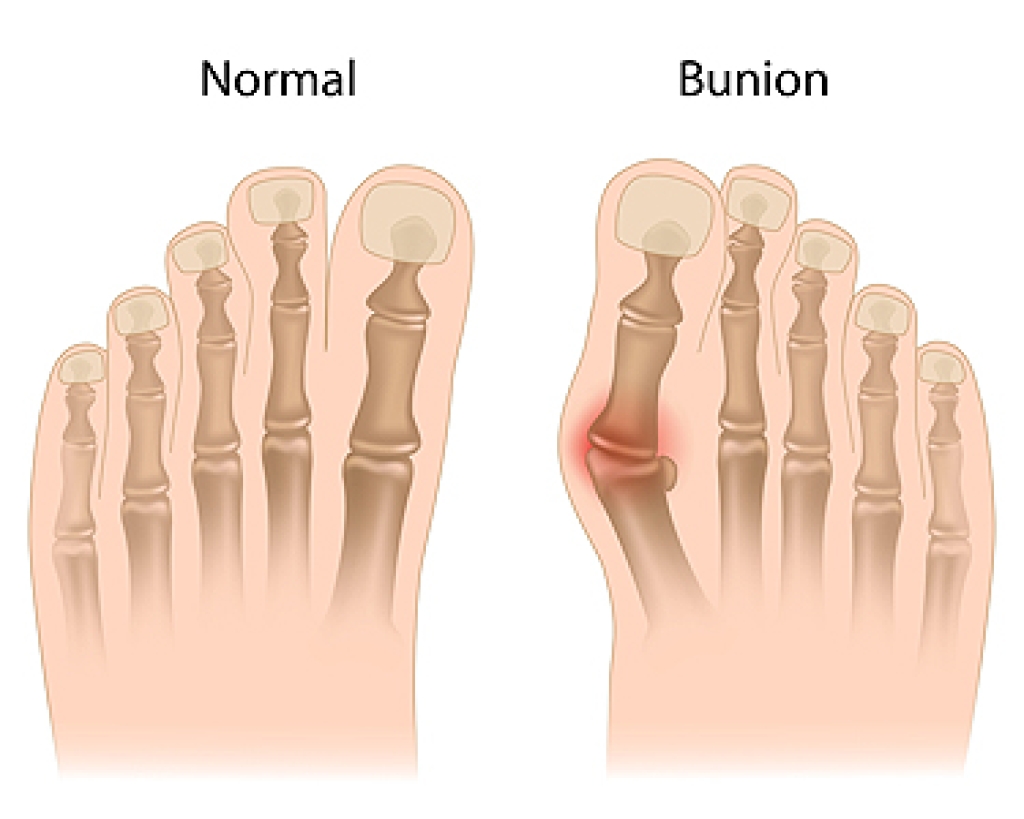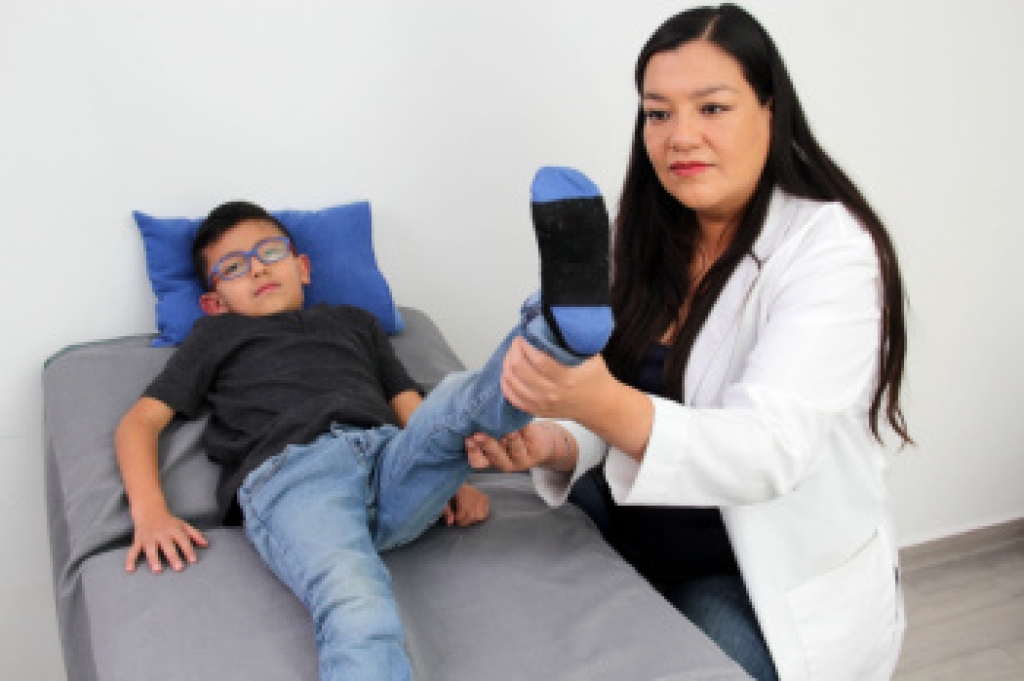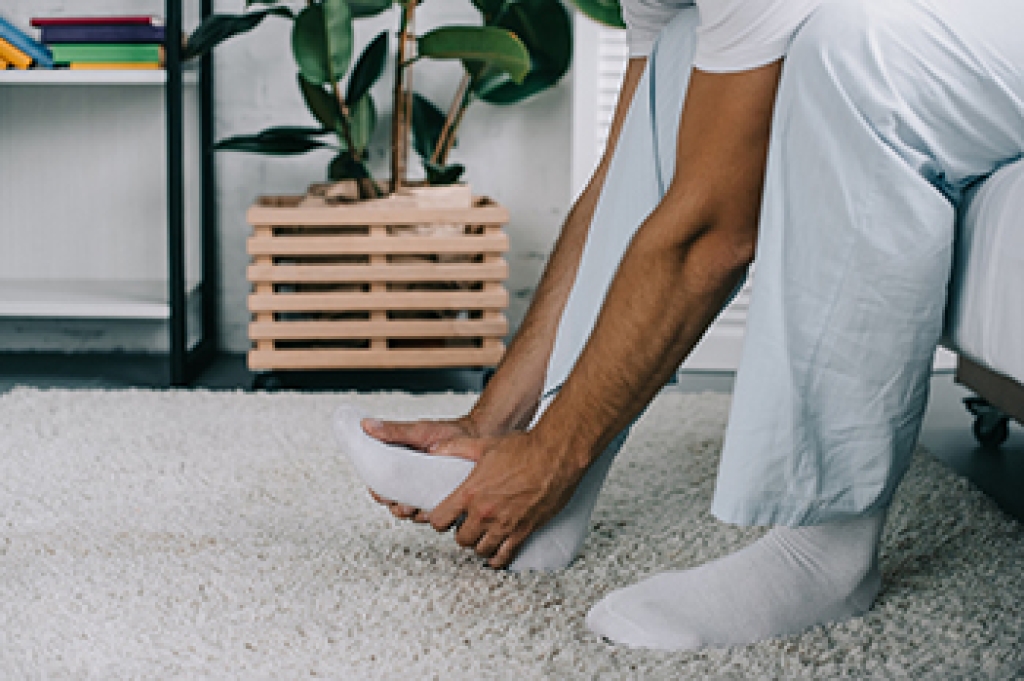
Foot pain can develop from a variety of conditions that affect comfort and mobility. A bunion is a bony prominence at the base of the big toe, often caused by joint misalignment and pressure from footwear. Corns are thickened areas of skin that form due to repeated friction or pressure on the toes or soles. Gout is an inflammatory condition caused by a buildup of uric acid in the joints, leading to sudden swelling and severe pain, commonly in the big toe. Plantar warts are small growths on the bottom of the foot caused by a viral infection entering through tiny skin breaks. A podiatrist can accurately diagnose each condition, relieve pain, and provide targeted treatment and prevention strategies. If foot pain is affecting your daily life, it is suggested that you schedule a visit with a podiatrist who can provide effective relief and treatment solutions.
Foot Pain
Foot pain can be extremely painful and debilitating. If you have a foot pain, consult with Edward Fryman, DPM, FACFAOM from Seaford Foot Care Center. Our doctor will assess your condition and provide you with quality foot and ankle treatment.
Causes
Foot pain is a very broad condition that could be caused by one or more ailments. The most common include:
- Bunions
- Hammertoes
- Plantar Fasciitis
- Bone Spurs
- Corns
- Tarsal Tunnel Syndrome
- Ingrown Toenails
- Arthritis (such as Gout, Rheumatoid, and Osteoarthritis)
- Flat Feet
- Injury (from stress fractures, broken toe, foot, ankle, Achilles tendon ruptures, and sprains)
- And more
Diagnosis
To figure out the cause of foot pain, podiatrists utilize several different methods. This can range from simple visual inspections and sensation tests to X-rays and MRI scans. Prior medical history, family medical history, and any recent physical traumatic events will all be taken into consideration for a proper diagnosis.
Treatment
Treatment depends upon the cause of the foot pain. Whether it is resting, staying off the foot, or having surgery; podiatrists have a number of treatment options available for foot pain.
If you have any questions, please feel free to contact our office located in Seaford, and Bethpage, NY . We offer the newest diagnostic and treatment technologies for all your foot care needs.
